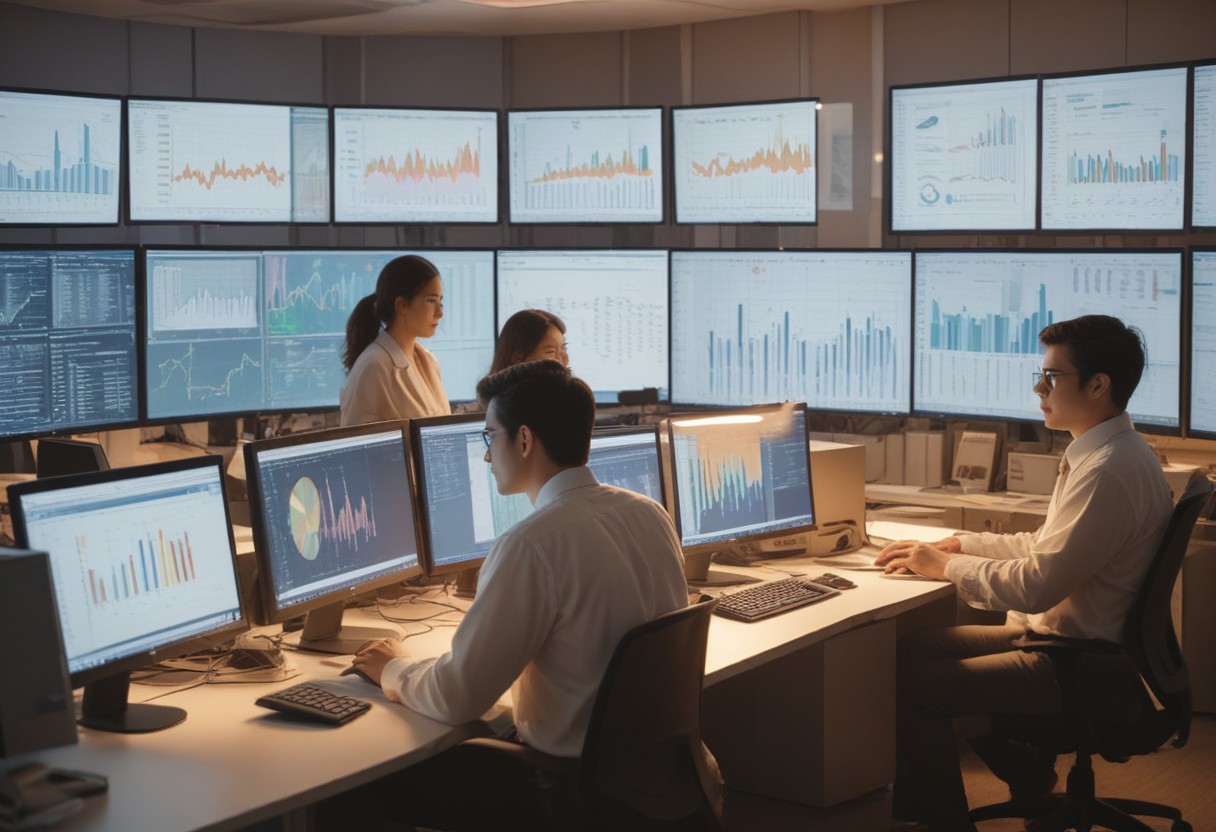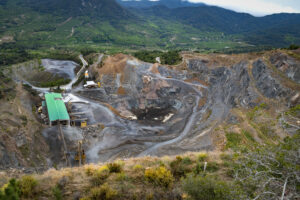You need to keep an eye on the ex-dividend date if you want a solid payout! Here’s why

If you’re wondering what is the last day can you buy/sell a stock and still get/keep a declared dividend – the ex-dividend date is your answer.
What is the ex-dividend date?
The last day to buy or sell a stock and still receive the declared dividend is called the ex-dividend date. This date is usually set two business days before the record date, which is the date when dividends are actually paid out. This gives time for the stock exchange and other financial institutions to properly update their records and reflect any changes in ownership.
As for the dividends themselves, they are typically paid out within 2 months after the release of annual results. When a dividend is paid, it usually comes from the profits of the company, or from accumulated reserves if no recent profits have been made. To reward long-term investors, companies often declare dividends and set an ex-dividend date so that only those who have owned the shares prior to this point can benefit from them.
How can I find out the ex-dividend date
You can find the ex-dividend date by consulting with your company – it should be public information available on their website or in their results release. It will tend to be announced well in advance.
Let’s look at the ASX itself as an example – yes, it is a listed company in its own right. It has a specific page on its website depicting upcoming dividend dates.

Source: ASX shareholder website
Great, so should I just buy before then and sell after I’ve got the dividend?
Maybe you could. But investors need to keep a few things in mind. First, there’ll be a wait for the dividends – varying from stock to stock.
Second, although they may purchase a stock after this date and hold until payment, they will not qualify for any future dividend payments unless they again purchase the stock before the next ex-dividend date. It is plausible that in that time, the price of the stock will have gone up, meaning you’ll get less of a dividend unless you want to pay more than you did last time.
Third, by buying and selling you may miss out on share price rises that can occur due to good news from the company. You may also cost yourself money in trading fees. Look no further than CBA (ASX:CBA) which has kept going up, something we think can be attributed primarily to the significant amount of dividends it pays – its not as if it has seen the NIM spike you’d expect from 13 straight interest rate increases. Each time you buy, you’d likely be paying more and more, or having to settle for less shares and less dividends as a consequence.
And fourth, investors should be aware that once a stock goes ex-dividend, its price may drop by the amount of the dividend since some buyers will be purchasing without receiving it. This could result in lower short-term capital gains taxes for sellers if they sell before or on an ex-dividend date.
What’s most important to remember
But remember above everything else, to be eligible for the dividend payment, investors must have purchased the stock prior to this ex-dividend date. After this point, any shares purchased will no longer be eligible for the declared dividend. So you need to time your run perfectly.
Can you see where we’ve been trying to head with all this, beyond explaining the concept of ex-dividend? Ultimately, while dividend or income investing is a legitimate investing strategy, investors should not just buy in and sell out of companies just to get dividends. The key is buying great companies at a low price, then selling them at a higher price!
CBA paid A$3.6bn in 1HY24 from dividends alone, to ~840,000 shareholders directly and over 12 million benefited indirectly through owning super funds which own shares in the bank. We aren’t sure how many investors buy into CBA just before the ex-dividend date each and every time, only to sell out a day later, but we don’t think it would be many and that they would be sitting on the same returns as investors who have been in it for the long-run.
What are the Best ASX Stocks to invest in right now?
Check our buy/sell tips

Blog Categories
Get Our Top 5 ASX Stocks for FY26
Recent Posts
Light and Wonder Surges 16% as A$190M Settlement Clears Major Legal Overhang
The Legal Overhang Is Gone Light and Wonder (ASX:LNW) saw a sharp and positive market reaction this morning, with the…
Aussie Broadband (ASX:ABB): A likeable telco that can reach for the skies again
Aussie Broadband (ASX:ABB) is a good illustration of a Telco stock you can like (as opposed to Telstra). Since listing on…
Here are 5 ASX Mining Stocks Commencing Production in 2026! Is it Time to Buy?
There are a handful of ASX Mining Stocks Commencing Production in 2026. This article recaps 5 such companies and looks…


